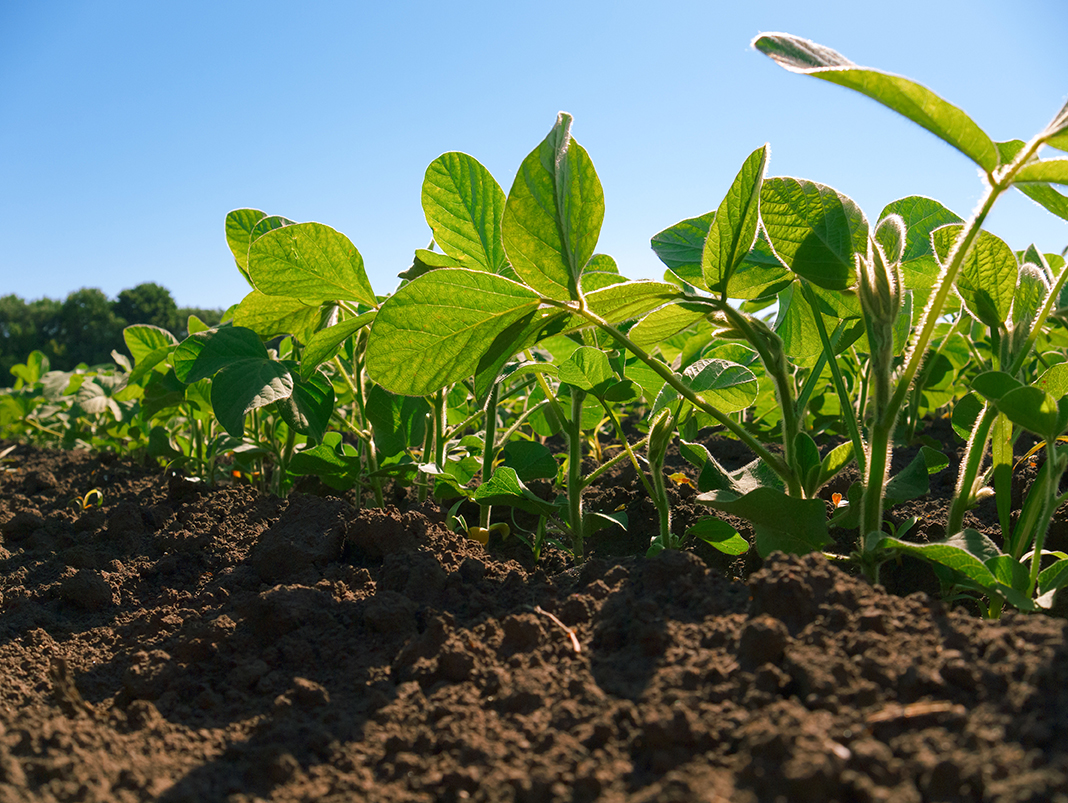When the first Earth Day was celebrated in 1970, the global population stood at 3.7 billion. Few people had ever heard the phrase “climate change.” No one had heard of gene editing, and the only kind of cloud anyone knew anything about was up in the sky.
As Earth Day 2019 is celebrated, the global population has more than doubled. It’s 7.7 billion and headed toward 9.8 billion by 2050. The amount of land available for growing crops has actually shrunk, due to erosion and pollution, and climate change has emerged as the existential issue of our time — threatening, among other things, the crop production systems that feed humanity. These are the facts.
But then so are these: Today millions of people have heard of “the cloud” – in relation to the digital world. Millions to have heard of gene editing for application in medicine and agriculture. And because science and technology have advanced so much in these two areas, we now have better tools to deal with some of the enormous problems that have emerged since the first Earth Day – namely, the leap in world population and the acceleration of climate change.
This is potentially great news for all of us, of course. It’s also potentially great news for the Earth itself. Agriculture, including both crop and livestock production, ties up roughly 40 percent of the world’s land. It accounts for about 13 percent of greenhouse gas emissions, second only to the energy industry for power and transportation, and 70 percent of fresh water usage. Shifting these numbers downward would help create a healthier, more sustainable Earth for all of our planet’s life forms.
With cloud computing, machine learning and advances in plant breeding like gene editing, we can reduce the amount of land and water and fertilizer and energy needed to grow our crops. We can grow more food and the right foods for a rising population – and do it even in the face of climate change.
Until recently, the scientific tools we had to improve the genetics of plants involved so much time and expense – often more than a decade and tens of millions of dollars– that only a handful of huge companies could make the attempt. And to turn a profit on their massive investments, these companies had to restrict their ambitions to large-acre row crops.
But cloud computing and gene editing have broken these restrictions. At relatively low cost, we can now improve many kinds of crops, in many kinds of ways, drawing more than ever before on the natural genetic diversity that already exists within a plant species. Crops can be improved in ways of special importance for consumers — in taste and nutritional value, for example; and for farmers — in yield and pest resistance; and for all of us and for the Earth itself because of more efficient use of natural resources like land and water.
Through data analytics and machine learning, we can improve our predictive power in making plant crossings, enabling us to accelerate the process of plant breeding. And with gene editing we can breed with greater precision, enabling us to bring new products to market in a matter of years instead of decades. By combining these advancements with unprecedented levels of collaboration across the value chain, we can create new opportunities for sustainable food production.
Consider the work that some of the companies and organizations with whom we’re partners are undertaking. Seed companies are working with us to develop crops with improved photosynthesis efficiency, boosting their capacity to convert solar energy — and thus yields too — without additional inputs. And food companies are working with us to breed key ingredient crops with greater resilience to the intensifying heat and disease pressure from climate change. Still, other companies are seeking improvements in pulses and legumes for plant-based proteins, fruits and vegetables for indoor and outdoor production and hemp for food and fiber.
These Initiatives are exciting in their own right, but what’s also noteworthy about them is the collaborative way in which they’re being pursued. We know, and others like us know, that the only way to provide game-changing outcomes is through a community of innovators, not through a handful of companies innovating only a handful of crops. And that community is fast emerging, because of the change in the economics of crop modification that gene editing and cloud computing have facilitated.
A lot has gone wrong for the Earth since the first Earth Day 49 years ago, but with the advances being made in plant breeding and machine learning, and with the kind of innovation and collaboration I see among our partners and many others in the food and agriculture value chain, there is a reason for hope. Agriculture can be made healthier and more sustainable. On this Earth Day, there Is ground for optimism.
– Matt
